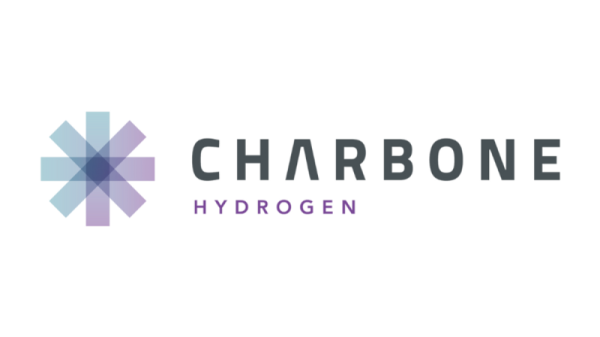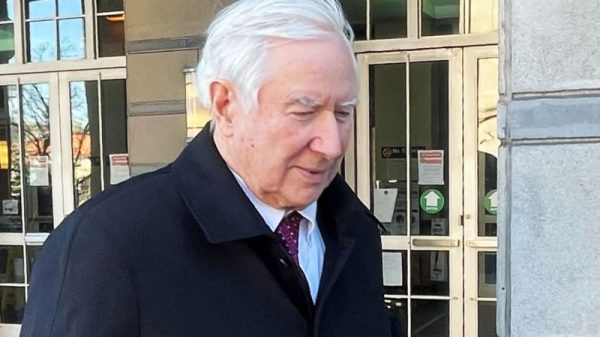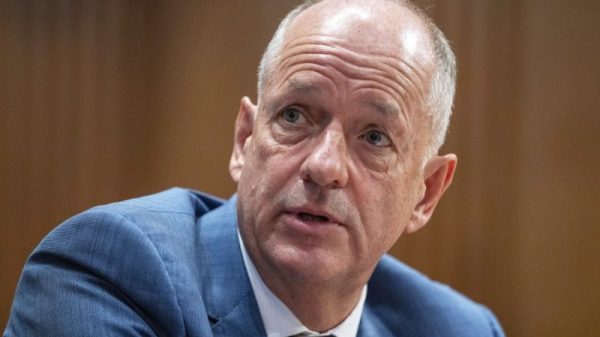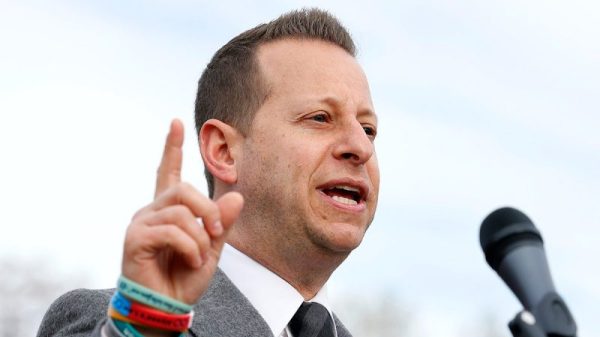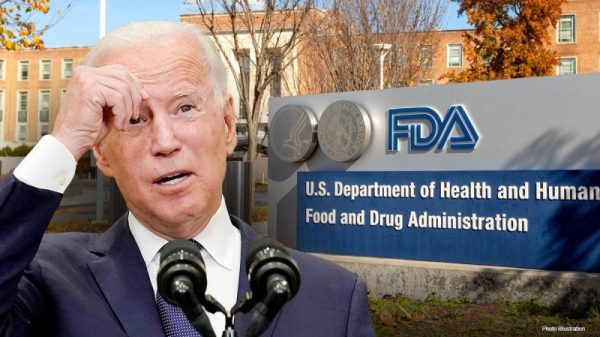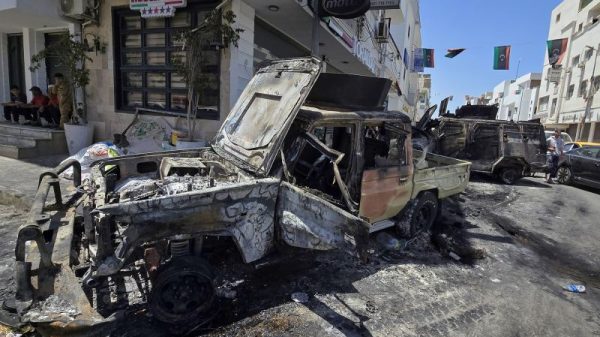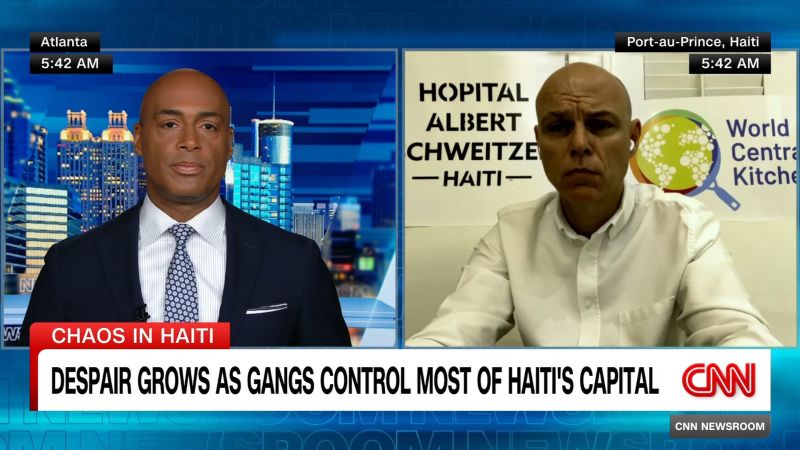More and more people are going hungry in Haiti, warn aid workers, doctors and missionaries with increasing urgency, as the Caribbean nation struggles to find its way out of political deadlock and an epidemic of deadly gang violence.
In some areas of the city, there is no more food to buy, and none to bring to market for those whose livelihoods depend on small-scale trading, said the missionary, who requested anonymity for his own safety. “One by one, items disappear for good. There’s no supply chain, so when flour, sugar, salt, rice etc. run out, they’re out.”
Following the resignation announcement of Prime Minister Ariel Henry last month, the country’s political leaders have not yet formed a new government, and a long-awaited multinational security mission has stalled amid the confusion. Meanwhile, gangs have cut off Port-au-Prince from the rest of the world, making it “virtually impossible” for help to reach at least 58,000 children suffering from the most dangerous levels of malnutrition, according to UNICEF.
The crisis in the capital can be felt across the country, which depends heavily on imports brought through Port-au-Prince. According to the United Nations, nearly 5 million people in Haiti are suffering from acute food insecurity – defined as when a person’s inability to consume adequate food poses immediate danger to their lives or livelihoods.
‘This malnutrition crisis is entirely human-made’
For the past two months, Port-au-Prince has been cut off from the world, its resources dwindling. Roads leading in and out of the city have been blocked by gangs, and the city’s international airport and port have been similarly shuttered. Hospitals have been vandalized, and warehouses and containers storing food and essential supplies across the city have been broken into in recent weeks as the social fabric frays.
Last month, a key container terminal – critical to Haiti’s food import supply chain – was attacked and looted. A UNICEF container carrying essential items for the survival of newborn babies and their mothers – including resuscitators and other critical supplies, as well as water equipment – was also broken into, the children’s agency said.
“Thousands of children are on the brink, while life-saving supplies are ready to be delivered if violence stops and roads and hospitals are opened. This malnutrition crisis is entirely human-made,” said Catherine Russell, UNICEF Executive Director, in March.
Dr. Ralph Ternier, chief medical officer of medical organization Zanmi Lasante, says he’s seen some of the worst cases of child hunger in his career recently while working at the organization’s medical facility in Mirebalais – about an hour drive northeast from the capital.
He knows the problem is far worse in Port-au-Prince, but laments that there is no way to reach those children. Ternier compared the capital to another country, explaining that it is nearly impossible for someone like him to enter the area, and that rampant gang attacks and kidnapping means many Port-au-Prince parents cannot find medical care for their kids.
“If you have a child that is malnourished, and you are in Port-au-Prince, you cannot do much. It’s rare to find a decent hospital to go to because a lot of them have been destroyed,” Ternier says
‘We’re completely cut off from all supplies’
In Haiti’s rural Lower Artibonite Valley, north of the capital, Hopital Albert Schweitzer is seeing an unprecedented number of acute malnutrition cases, especially among children.
The hospital normally sees seasonal spikes in malnutrition cases, but now, community healthcare workers are seeing malnutrition in much larger numbers, especially among children, during regular clinic visits, he said.
Further fueling fears of hunger in the country, farmers from Artibonite – known as the breadbasket of Haiti because of its fertile lands and rice fields – are struggling to grow and sell their crops amid the insecurity. A March 15 analysis by the World Food Programme (WFP) found shrinking food production, with farmers saying they are afraid to go into the fields as bandits steal their crops.
The Artibonite department alone has seen approximately 100 armed attacks over the past two years — the country’s second-highest number of such violence incidents after Port-au-Prince.
“Conflict and hunger are closely linked,” Laure Boudinaud, Vulnerability Analysis and Mapping Officer for WFP in Haiti said. “In an essentially agricultural country like Haiti, when production zones are abandoned, the population suffers one way or another.”
“The correlation between abandoned farm fields and the presence of armed groups and violence is clearly evident,” she added.
Food stocks heading to ‘zero’ amid donor funding shortfalls
Humanitarians are racing to fill the gaps in Haiti under difficult conditions. Bauer, the WFP head, said his agency reached about a half million people in the country with food assistance last month.
“We would like to do more for some of our programs, but overall, we’ve been successful at reaching the people who are in the most need, we’ve been prioritizing, and that’s worked out for us,” he said.
But the WFP won’t be able to continue its feeding programs in Port-au-Prince for long given the current supply chain issues – the agency only has a few weeks left of food in the city, according to Bauer.
“What we’re doing right now is drawing down on our existing food stocks. These are the stocks we’re distributing to vulnerable neighborhoods and hot meals to displaced people,” he said.
“It will last for a few weeks and we will be down to zero if we don’t reopen the port and get more imports.”
Shortfalls in donor funding are also complicating efforts to help the country’s most vulnerable. The United Nations’ 2024 Humanitarian Response Plan has only received 6.5% of its required funding. Current funding for the WFP in Haiti also has a long way to go, according to Bauer.
“Between now and over the next six months, we require $100 million in order to keep our program going and this is one of the reasons why you’re not seeing larger numbers (of aid recipients reached) – the funding is not not there,” he said.
“People have been focusing on other issues right now — and that’s understandable,” Bauer added. “But you’re not going to have a Haiti at peace with half of its population not knowing where its next meal is coming from.”




